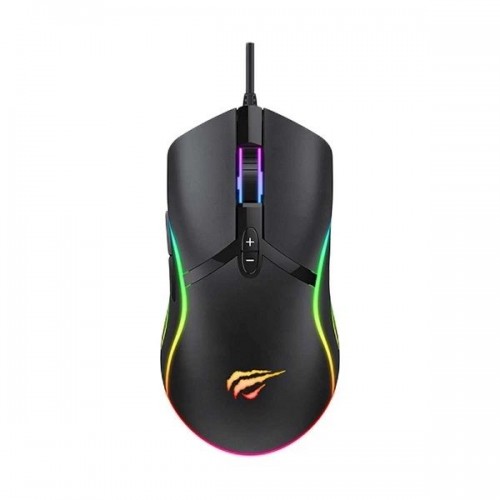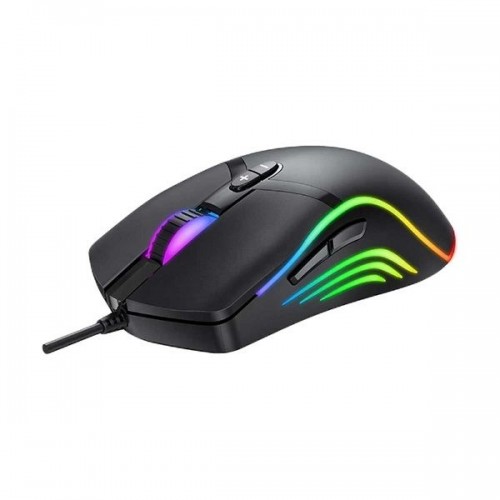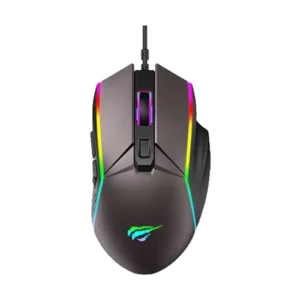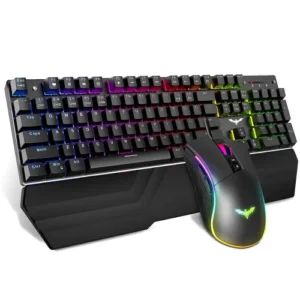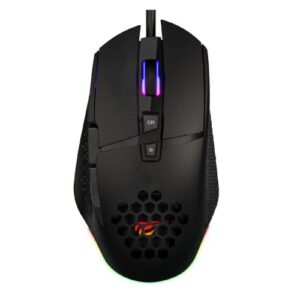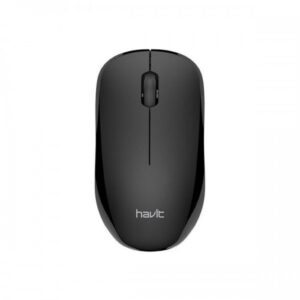Understanding Wired Optical Sensors and Resolution Options
Wired optical sensors play a crucial role in delivering superior performance in gaming mice. Unlike traditional mechanical sensors, optical sensors use a light source, typically a light-emitting diode (LED), to detect movement across surfaces. This technology allows for enhanced accuracy and faster response times, making wired optical mice highly favored in competitive gaming environments. The wired connection provides a consistent and reliable input without the lag often associated with wireless devices. Additionally, the absence of batteries mitigates any concerns regarding power loss during critical gaming moments.
One of the pivotal specifications to consider when selecting a wired optical gaming mouse is its DPI, or dots per inch. DPI essentially measures how far the cursor moves on the screen in relation to the movement of the mouse. For example, a setting of 1000 DPI means that the cursor moves 1000 pixels for every inch the mouse is moved. Various DPI settings, such as 1000, 1600, 3200, and 6400 DPI, enable players to optimize their gaming experience based on personal preferences and gameplay styles. Higher DPI settings are particularly beneficial in fast-paced scenarios, allowing for swift movements and accurate targeting.
Moreover, many gaming mice come equipped with software that facilitates adjustment of sensitivity settings. This feature is instrumental in allowing gamers to tailor their mouse behavior for different genres, whether it be first-person shooters that demand pinpoint accuracy or real-time strategy games that require broader movements. The ability to switch DPI settings on the fly ensures that players can maintain optimal control and precision at all times.
Finally, the technology behind USB connections is integral to the performance of wired optical mice. The plug-and-play nature of USB ensures that latency is minimized, and the reliability of a direct connection is maintained, making wired options preferable for many serious gamers. In contrast to wireless mice, which can experience signal interference, wired mice provide a steadfast connection that enhances overall gaming performance.
Physical Specifications and Gaming Features of the Ideal Mouse
When selecting a wired optical gaming mouse, physical specifications and features play a crucial role in determining its usability and performance during gaming. One of the essential aspects is the dimensions of the mouse, typically measuring around 132.7 x 87.3 x 42.5mm. These dimensions directly influence how comfortably a gamer can grip the mouse and maneuver it during extended gaming sessions. A well-structured design ensures that users can maintain a natural hand position, minimizing fatigue over longer periods of play.
Weight also merits consideration, as a lightweight mouse may provide faster movements, whereas a heavier model can offer greater stability. Gamers often prefer a mouse that strikes a balance between these attributes to enhance precision and control within various gaming scenarios. The incorporation of multiple programmable buttons, which can amount to seven in total, adds another layer of functionality. These buttons allow gamers to execute complex commands quickly, making them invaluable for competitive gamers who require rapid responsiveness.
Another critical specification is the expected switch lifecycle, which typically stands at around 5,000,000 clicks. This durability ensures that the gaming mouse can withstand the rigors of intense gameplay without degrading performance over time. Additionally, the cable length, usually around 1500mm, is vital for mobility and flexibility. A longer cable provides gamers with more freedom of movement, reducing restrictions while engaging in high-energy gaming sessions.
Lastly, considering warranty options is essential for gamers seeking reliability and durability in their peripherals. A robust warranty reflects the manufacturer’s confidence in their product, offering peace of mind to users. Altogether, these attributes create a comprehensive picture of what constitutes an ideal wired optical gaming mouse.
